Essential DNA Required for Life
By Philip Carlson
If one believes in evolution, it is important to know what is required for life. Not just what environmental conditions are needed, but also what biochemical conditions.
It is often quoted that there are 250 essential proteins required for basic life. To have life, you need 250 proteins so it was thought. While those were previous guesses it is now possible to determine what parts of DNA are essential for life. A study released in the journal Molecular Systems Biology provides a method of testing just that. Not only do they give a method they also performed the test on a “simple” bacterium (Caulobacter crescentus).
The complete genome of this bacterium was sequenced in 2001. Which helps tremendously with the task of determining which parts are essential for its survival. It is important to know that just because the genome was sequenced does not mean that the function of all the pieces is known, just that the nucleobase sequence that makes up the DNA is known.
With the bacteria in hand, these researchers from the Stanford University School of Medicine took a close look at exactly what parts of DNA are required for this bacteria to live in the lab.
“This work addresses a fundamental question in biology: What is essential for life?” said Beat Christen, PhD, one of the co-first authors of the new paper and a postdoctoral scholar in developmental biology. “We came up with a method to identify all the parts of the genome required for life.”(1)
What is essential for life from a biochemical standpoint? They came up with some interesting conclusions which dwarf the previous estimates.
In total, the essential Caulobacter genome was 492,941 base pairs long and included 480 protein-coding genes that were clustered in two regions of the chromosome. The researchers also identified 402 essential promoter regions that increase or decrease the activity of those genes, and 130 segments of DNA that do not code for proteins but have other roles in modifying bacterial metabolism or reproduction. Of the individual DNA regions identified as essential, 91 were non-coding regions of unknown function and 49 were genes coding proteins whose function is unknown. (1)
We are told, “that 12 percent of the bacteria’s genetic material is essential for survival under laboratory conditions.” (1) Sounds like a small percentage overall, but keep in mind that this essential genome was 492,941 base pairs long. These are base pairs that are needed for life in this bacterium. This means that 985,882 amino acids were needed in the correct arrangement to allow life for this bacterium. The implications this has for the unaided formation of the first life are staggering. (While we could stop here and calculate the apparent overly absurd odds of this happening, such a calculation would serve little purpose. As a side note, creationist literature often attempts to calculate the absurd odds of things happening the way evolutions claim. Many set up straw men with these types of processes. I think that more often than not those types of calculations oversimplify the problems and ashamedly make a caricature of the opponents position. This type of “argumentation” is best left off the table if any real headway is to be made with this issue. While I do believe that such odds could be calculated at a rudimentary level, it could never be done to complete satisfaction without knowing all the factors involved. We do know, however, that the improbability is greatly increased because of the sheer number of correctly sequenced amino acids needed.) The researches did find 480 protein coding regions that are essential. This nearly doubles the previous estimates of how many proteins are needed for life. While is is a bit of an extrapolation to say that all of those 480 proteins are needed for life I think we can say that if that part of the DNA is needed it stands to reason that so are those proteins. They also found 91 essential coding regions and 49 coding regions that have unknown function.
“There were many surprises in the analysis of the essential regions of Caulobacter’s genome,” said Lucy Shapiro, PhD, the paper’s senior author. “For instance, we found 91 essential DNA segments where we have no idea what they do. These may provide clues to lead us to new and completely unknown bacterial functions.” Shapiro is a professor of developmental biology and the director of the Beckman Center for Molecular and Genetic Medicine at Stanford. (1)
These 91 essential DNA segments that are of unknown function were still found to be essential to life! This reminds me of the old vestigial organs argument often used in support of evolution. That is right, just because we don’t know the function does not means there isn’t one. See the previous discussion on pseudogenes for another example of that type of thinking.
This new research helps to contribute to our (mis)understanding of an evolutionary origin of life, and, I think, push us toward accepting that the transcendent creator did not use evolution to bring about life.
1. Digitale, E. “New method reveals parts of bacterium genome essential to life”. Stanford School of Medicine news release, August 30, 2011, http://med.stanford.edu/ism/2011/august/shapiro.html
Resrouce for Greater Impact


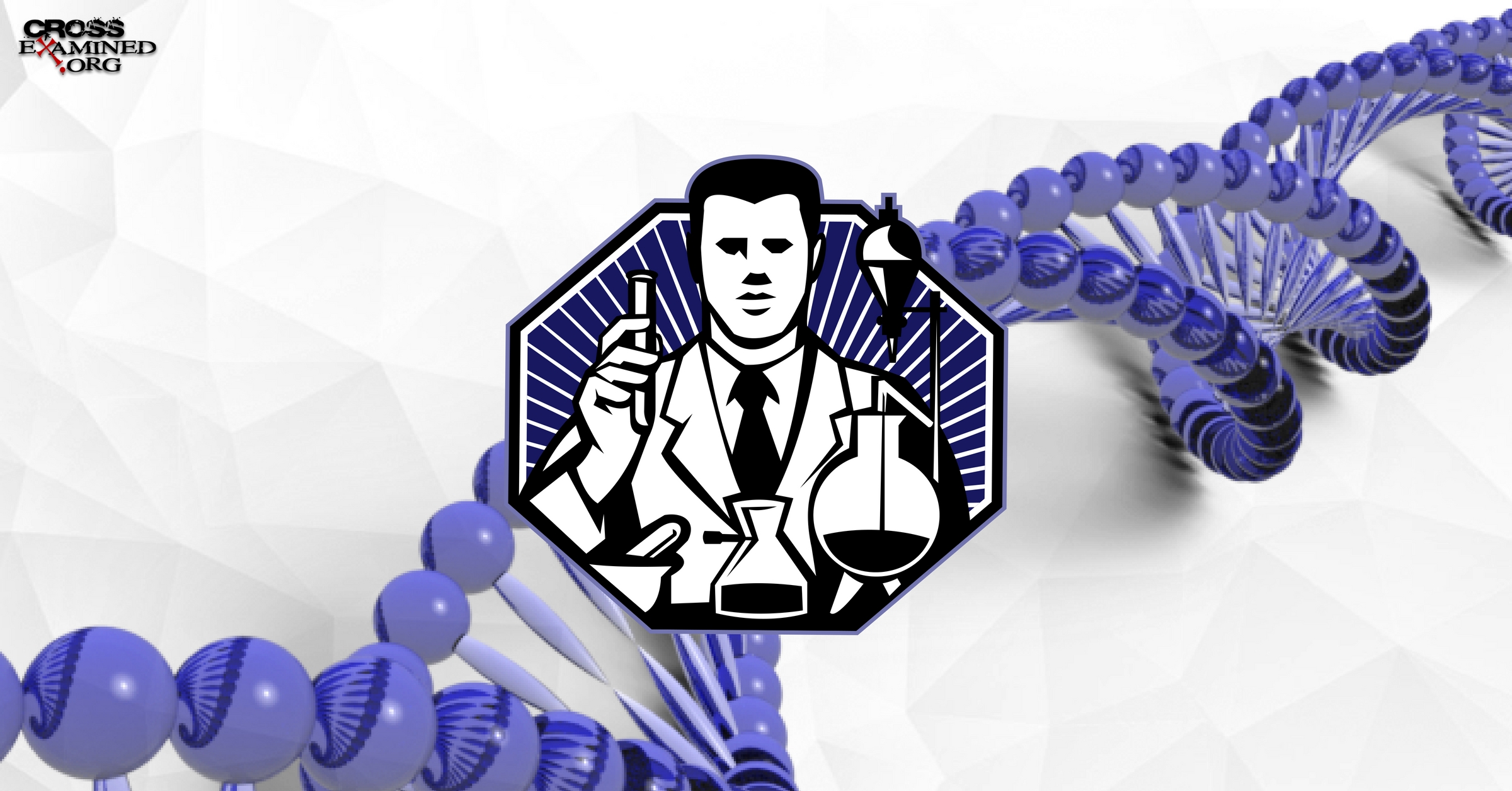

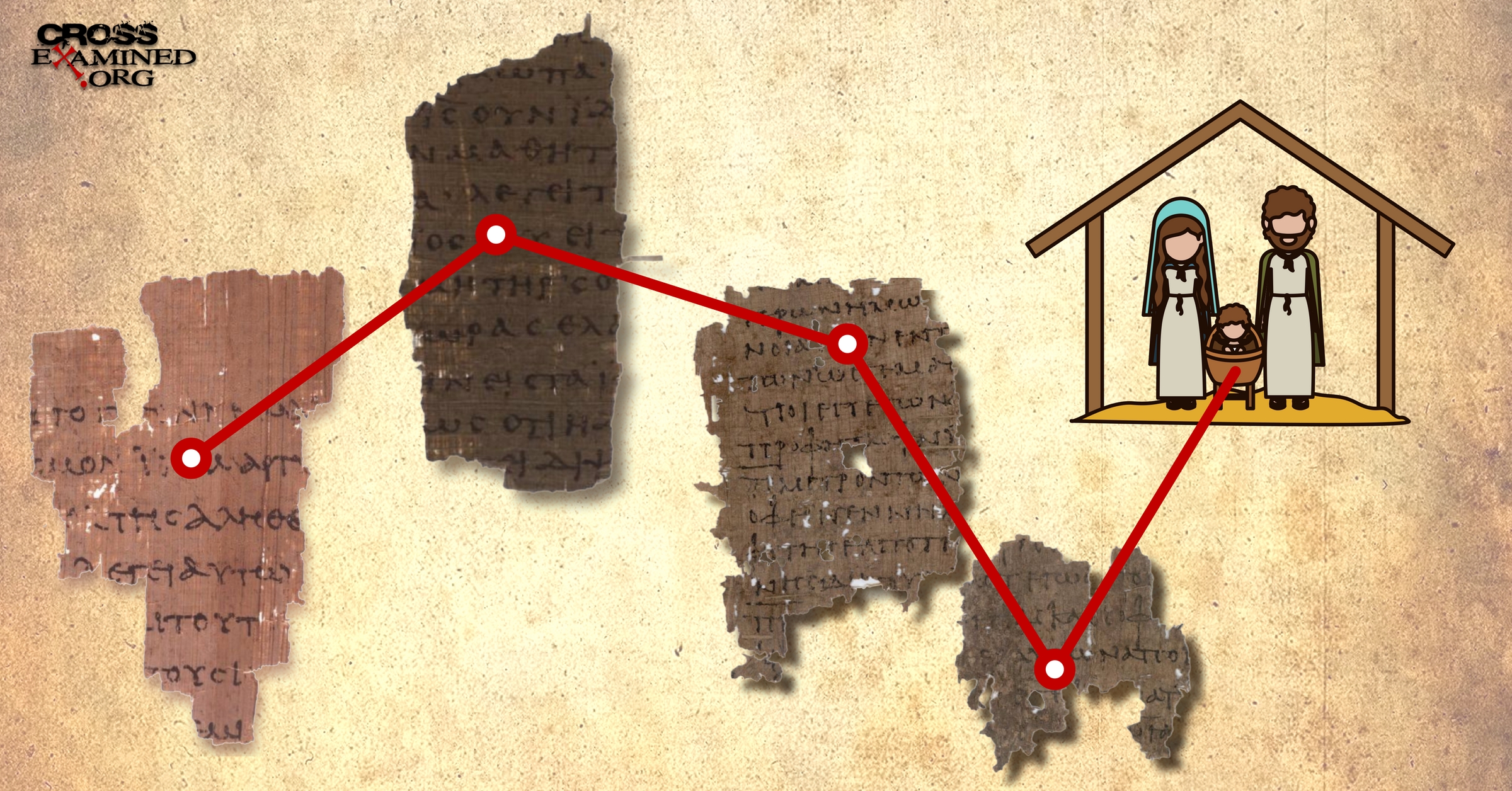


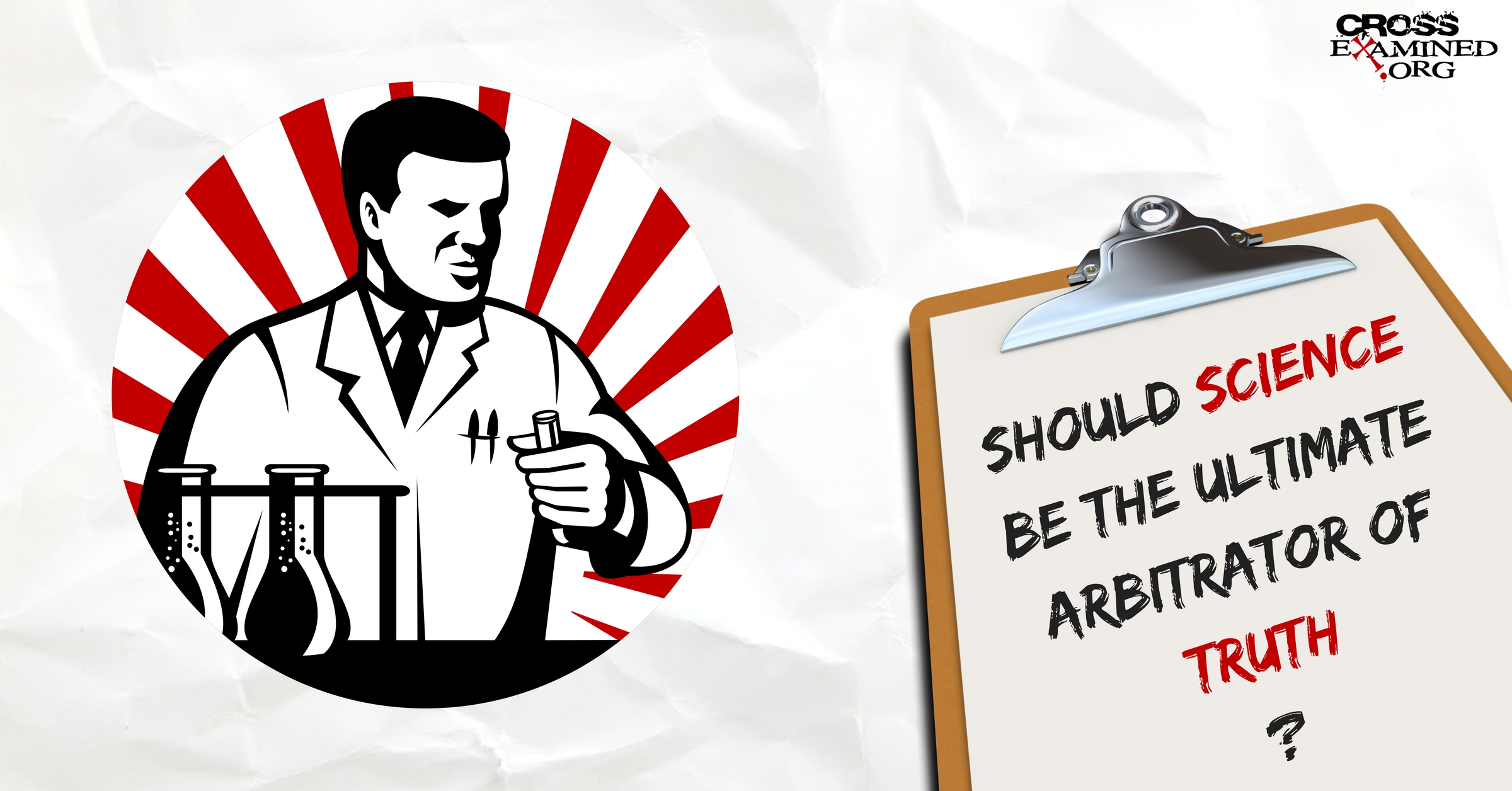
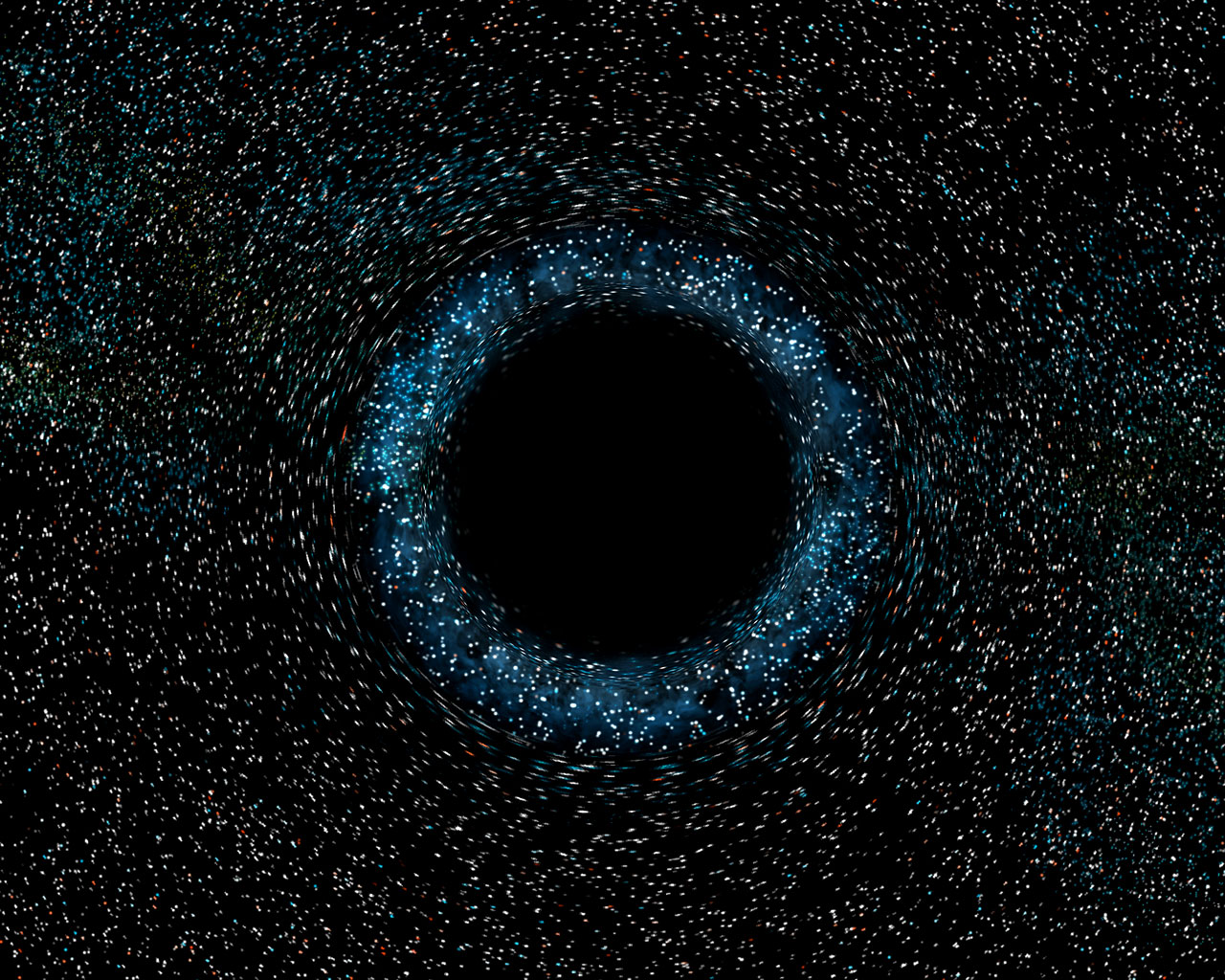


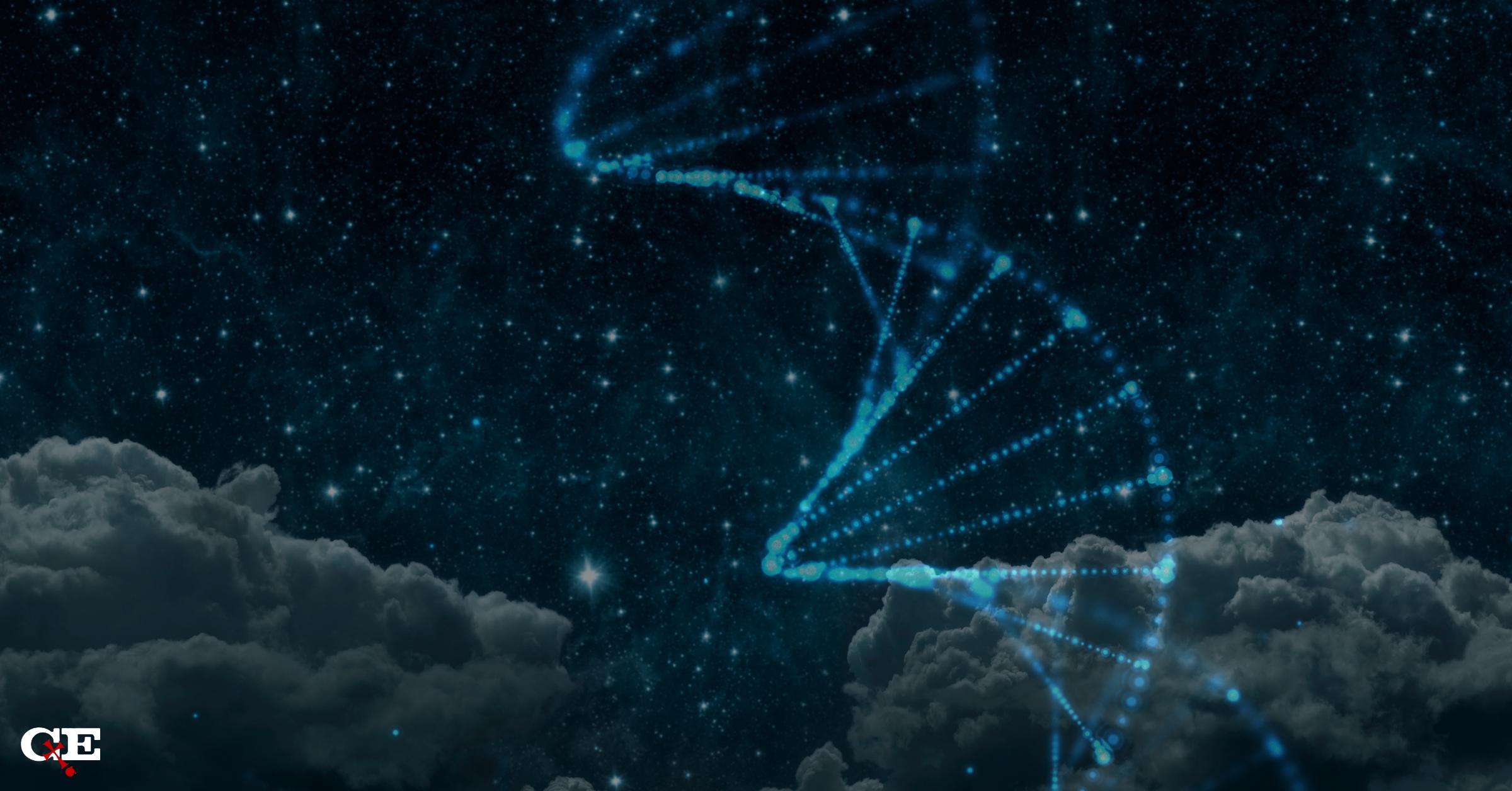


Leave a Reply
Want to join the discussion?Feel free to contribute!